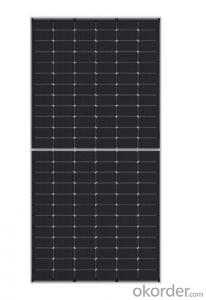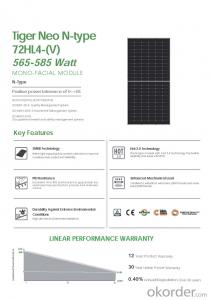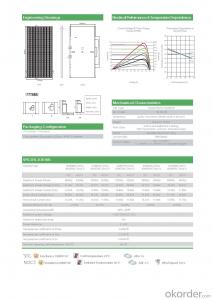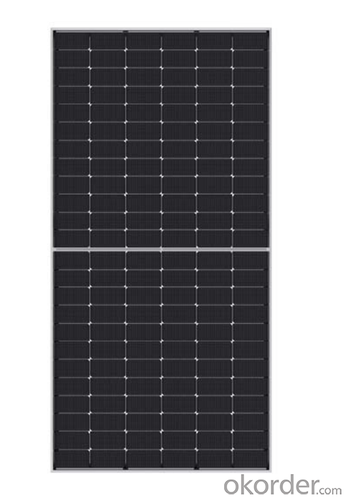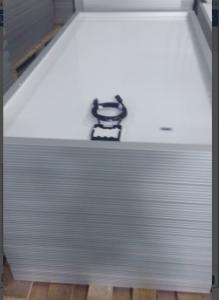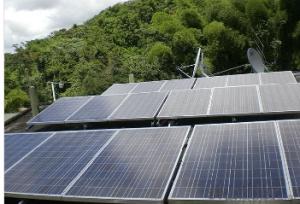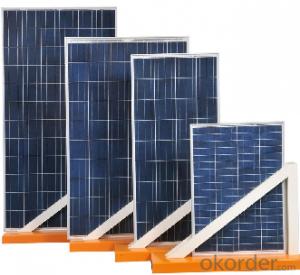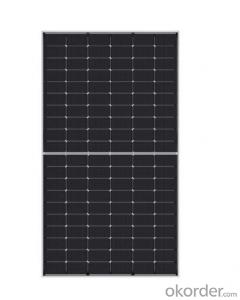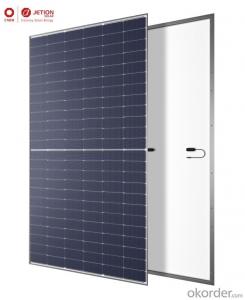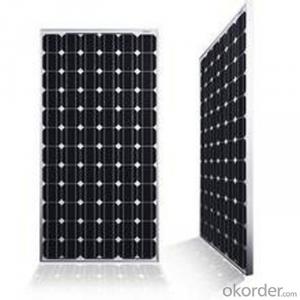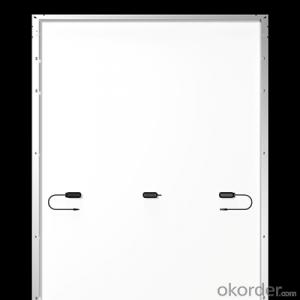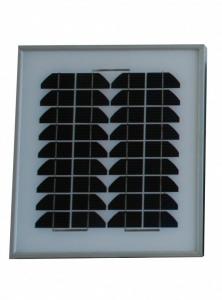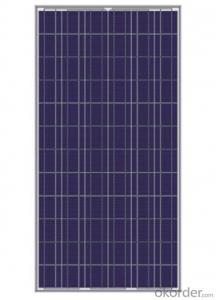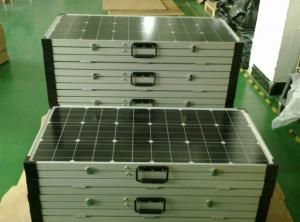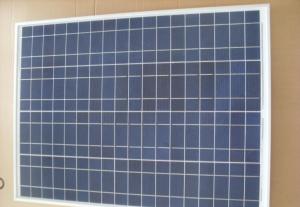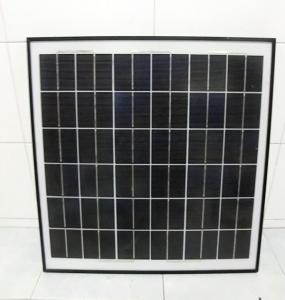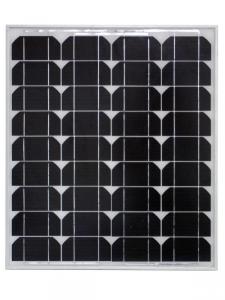Tier 1 Brand Tiger Neo N Type Mono-Crystalline 72HL4-(V) 565-585 Watt Mono-Facial Solar Panels for Swimming Pool Heating
- Loading Port:
- Stock in Panama
- Payment Terms:
- TT OR LC
- Min Order Qty:
- 100 watt
- Supply Capability:
- 10000000 watt/month
OKorder Service Pledge
OKorder Financial Service
You Might Also Like
Specification
1.Overall Characteristics:
- 144 Crystalline photovoltaic Cells per Module
- Size:2278×1134×35mm (89.69×44.65×1.38 inch)
- Weight: 28kg
- Front Glass:3.2mm,Anti-Reflection Coating,High Transmission, Low Iron, Tempered Glass
- Frame: Anodized Aluminium Alloy
- Junction Box:IP68 Rated
- Output Cables:TUV 1×4.0mm2; (+): 400mm , (-): 200mm or Customized Length
2.Certificates
IEC61215(2016), IEC61730(2016)
ISO9001:2015: Quality Management System
ISO14001:2015: Environment Management System
ISO45001:2018 Occupational health and safety management systems
3.Warranty:
- Product warranty: 10 years
- Performance warranty: 10 years with maximum loss of 10% & 25 years with maximum loss of 20% on Power Rating
4. Factory Ability:
Automatic Production Equipment
uses advanced automatic production equipment and precise testing instruments to create reliable, high quality solar products.
Quality Commitment
adheres to the idea of "excellent quality, excellent life "to ensure the quality of products, meanwhile we pay attention to protecting the environment and improving the quality of life, successfully passed the ISO9001, ISO14001.
Customer-centric Services
provides solar PV grid-tie power stations, solar off-grid stand-alone system, solar lighting system, and other solar application products' manufacture, sales and installation services.
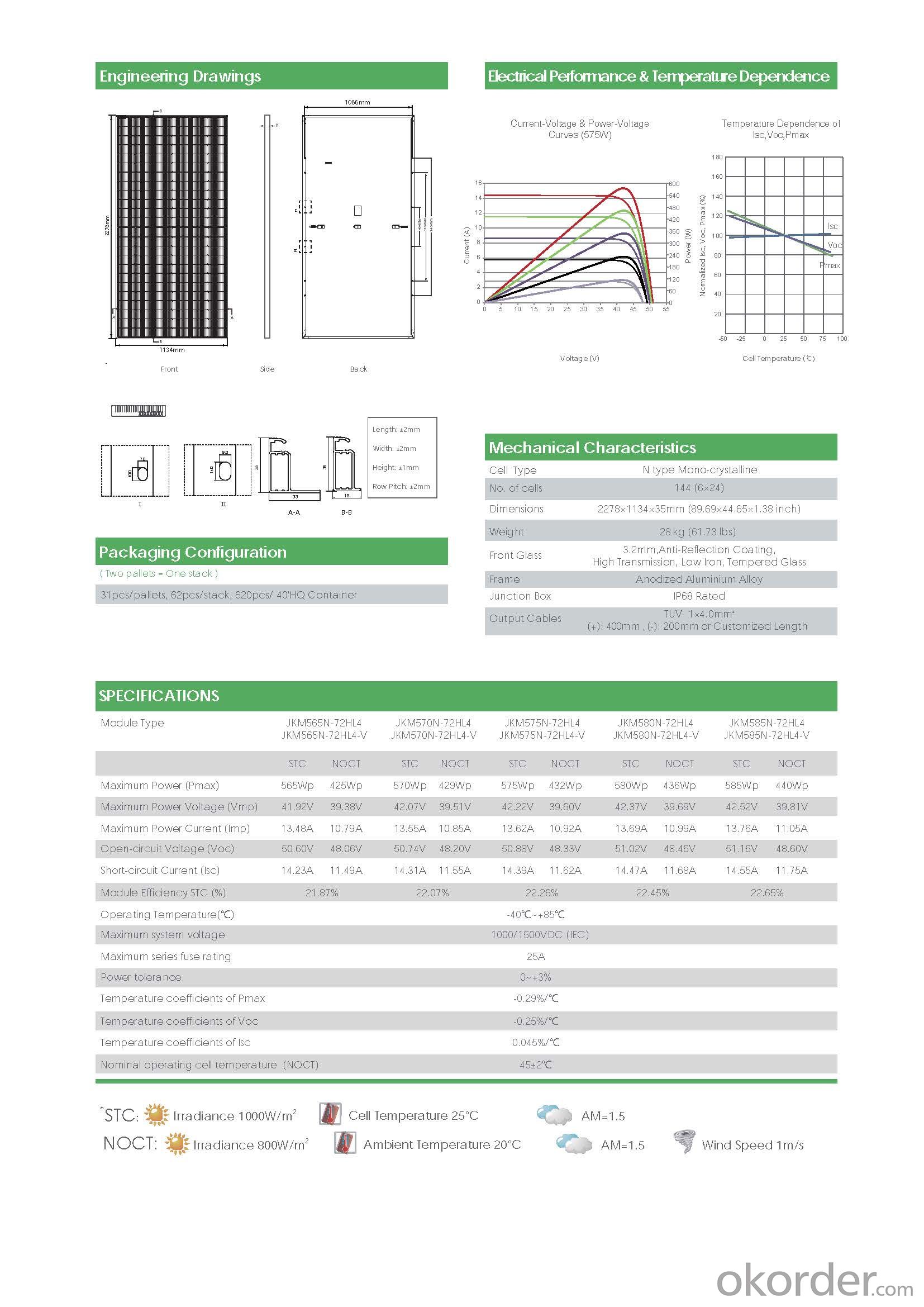
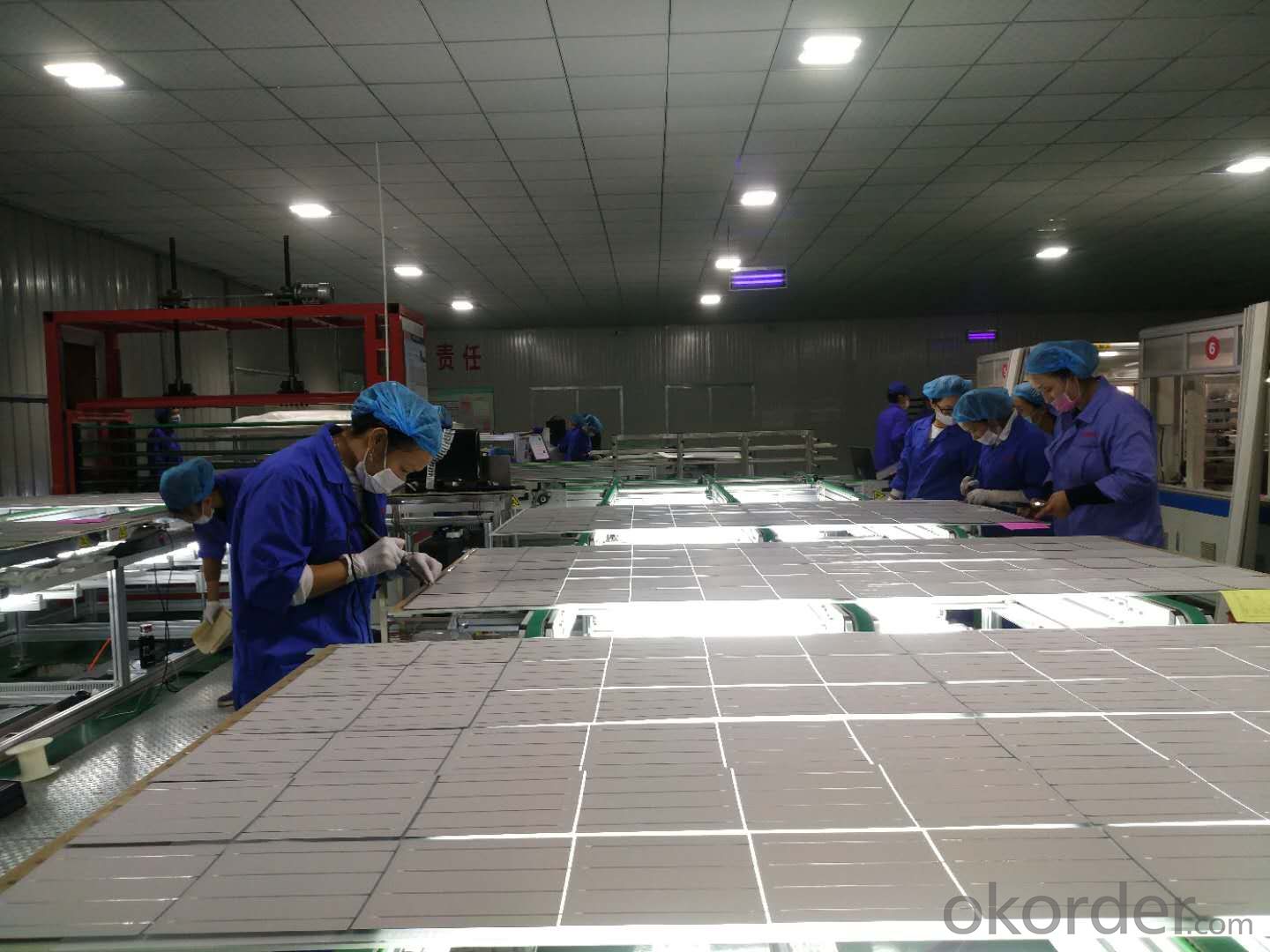
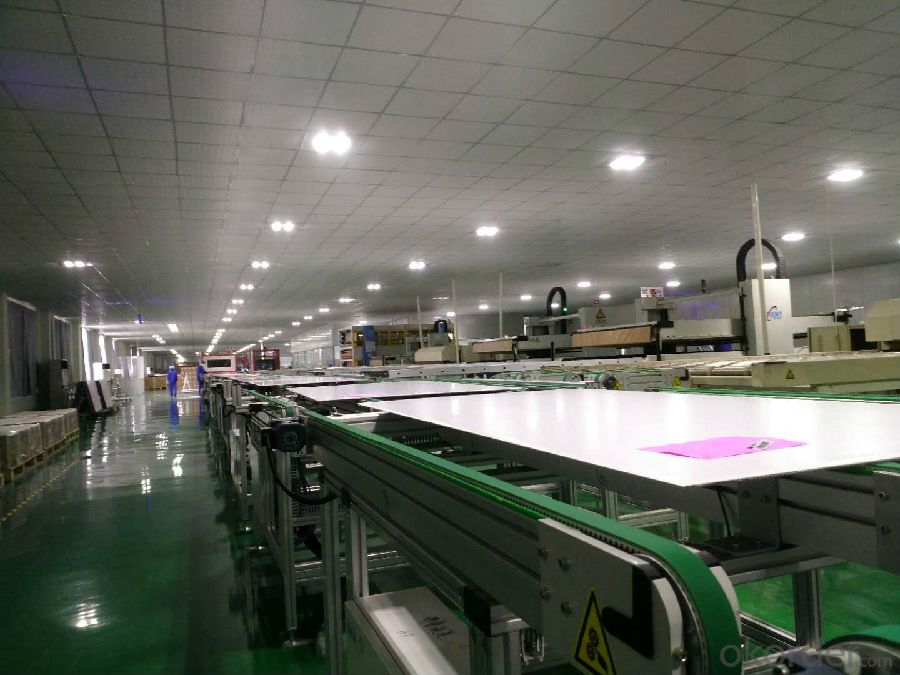
- Q: Can solar panels be installed on assisted living facilities?
- Yes, solar panels can be installed on assisted living facilities. In fact, many assisted living facilities are now opting for solar panel installations to reduce their energy costs and carbon footprint. Installing solar panels on these facilities not only helps save money in the long run but also promotes sustainability and environmental responsibility.
- Q: what do I need to do to disconnect a solar panel from a battery to protect the panel?
- Know that solar panels almost always incorporate a blocking diode to prevent a battery from back-feeding through an un-illuminated panel. Know that solar panels are usually connected to a battery via an electronic switching charge controller, not directly connected. Know that when a solar panel is open-circuited (disconnected from everything) it's terminal voltage will rise to almost twice it's nominal voltage. (22V is common for a 2V panel), unless it is stored in total darkness.
- Q: In terms of efficiency and cost, what is the best solar panel. I am limited in the number of panels I can put up (probably 6-8) so they must be efficient, but cost is important also.What about these panels that can collect a wider range of light frequency?
- your initial outlay for a solar panel is very large in terms of output.......somewhere around $4 a watt......ie you want a panel that will run a 00 watt lightbulb? $400.00 please. enough panels to collect enough energy to recharge a battery bank to run the house overnight? well, I've been doing a lot of research for my condo project in St Thomas and it comes out to 0-20,000 US $ for a bedroom apartment. Now, after about ten years you have made your investemnt back.... and there are a lot of government rebate programs that lower the cost.. what I have found is solar is nice, but depending on how far north you live you may only have 4 usable hours of light a day. you may very well be better with a wind generator.wind blows all the time after all...Bergy and SouthWest Windpower make two good small home units...start there
- Q: Ok so if i wanted to put a solar panel on my house and i live where it snows, will that be a problem? If the snow covers the solar panel will that be a problem? If so then do i have to climb on my roof and clear it off or what?
- It shouldnt be a problem being where it snows, as long as you dont mind clearing it off a lot to recieve maximum efficiency! Or else it should work anyways but not as well covered with snow.
- Q: Can solar panels be used for charging electric bikes?
- Yes, solar panels can be used to charge electric bikes. By converting sunlight into electricity, solar panels can provide a clean and renewable source of power for charging the batteries of electric bikes. This allows for sustainable and eco-friendly transportation options.
- Q: Can solar panels increase the value of commercial properties?
- Yes, solar panels can increase the value of commercial properties. Installing solar panels can lower operating costs by reducing electricity bills and often generate additional income through selling excess energy back to the grid. This can make the property more attractive to potential buyers or tenants and result in higher property values. Additionally, solar panels are seen as a sustainable and environmentally-friendly investment, which can further enhance the property's value in today's eco-conscious market.
- Q: Are there solar panel systems that I can plug directly into my house to help reduce my electricity bill? If so, are they very expensive? Any help would be greatly appreciated!
- As per the question, the answer is no. Solar panels are available, they are expensive, they can reduce your energy bill, you can get up to 30% of the expense back from your taxes, but they must be installed by a qualified electrician or solar panel installer to work properly.
- Q: Any opinion on harbor freight solar panels ?
- Yes -- don't buy them. They are low quality solar panels, and the e-z kit they sell produces barely enough power for a lightbulb. The kit they commonly sell is a good child's science fair experiment/project, but do not expect to get your money's worth in solar power. If you are attempting to self-teach yourself on solar panels, this might be a good starting point, if not also a little expensive. But again, do not purchase Harbor Freight solar panels, or their e-z kit. If you are serious about getting into solar panels, there are distributors who will gladly talk to you about what kind of solar panels you will need for a regular house (hint: it is actually a pretty big set of solar panels for even a low power usage home).
- Q: What is the cost of installing solar panels?
- The cost of installing solar panels can vary depending on several factors such as the size of the system, location, type of panels, and any additional equipment or services required. On average, the cost can range from $15,000 to $25,000 for a residential installation. However, it is important to consult with solar installation companies to get accurate quotes tailored to your specific needs.
- Q: How do solar panels and heaters work?
- Solar panels are solar powered- they use energy produced from the sun. While heaters- receive already produced energy to produce heat... hope this helps!
Send your message to us
Tier 1 Brand Tiger Neo N Type Mono-Crystalline 72HL4-(V) 565-585 Watt Mono-Facial Solar Panels for Swimming Pool Heating
- Loading Port:
- Stock in Panama
- Payment Terms:
- TT OR LC
- Min Order Qty:
- 100 watt
- Supply Capability:
- 10000000 watt/month
OKorder Service Pledge
OKorder Financial Service
Similar products
Hot products
Hot Searches
Related keywords
